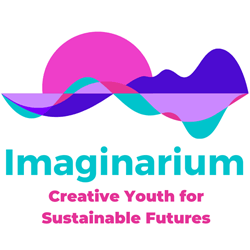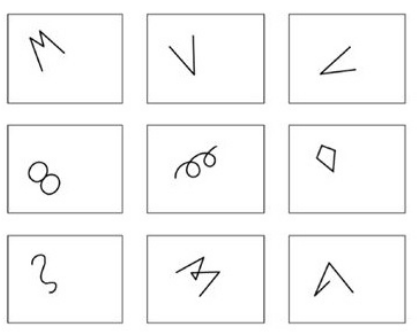While conducting creative workshops (described here) you will definitely face group fatigue, creativity blocks and running out of ideas and innovative energy. This is normal, asking yourself or someone else to be creative at a moment’s notice isn’t realistic. Right now, we are presenting you with some tips and tricks to help hone imagination and creativity among the young people participating in your workshops.
1. Take the group for a walk
Stanford University researchers have found that walking stimulates imagination. They examined the creativity levels of people while walking versus sitting. On average, a person’s creative output increased by 60% when walking. For an even bigger boost, walk in a park, garden or anywhere with more plants and hopefully animals than usual… without headphones.
2. Breaks for daydreaming and boredom
Encourage young people to take small breaks away from screens, internet, wi-fi, and mobile devices. It won’t be easy, but try to make an effort to encourage or convince them to ‘do nothing’ allowing themselves to daydream! Boredom is often seen as a negative experience but in practice it’s a way to free our mind. After short daydreaming breaks, ask them to reflect and to share thoughts and experiences that arose in those moments.
3. Tell a story
Your voice is connected to emotions and emotions influence imagination. That’s why singing in the shower helps many of us come up with new ideas. Singing as well as sharing thoughts and storytelling both stimulates imagination. The story could be some life experience or any story you think adequate for the group and subject. If you don’t feel comfortable as a storyteller, you can always show short videos. Here are two storytellers you can explore: Tony Robinson (English actor and the author of Tales from Fat Tulip’s Garden) and Jan Blake
- Tales From Fat Tulips Garden – Tortoise Who Climbed Mountains
- The Fisherman: A Tale of Passion, Loss, and Hope
4. Doodling
It’s surprising how markers, pencils and a piece of paper can awaken you and your group’s imagination. Even those who don’t see themselves as artists, encourage them to draw whatever comes into their minds, it can even be patterns. Doodling can reduce stress, enhance the problem-solving center of your brain, and boost imagination.
Here is a short creativity exercise you can do with your team. It was introduced by psychologist Ellis Paul Torrance in the sixties but is still relevant as a nice creativity booster. Begin by giving each team member this printout with images like the ones below and ask them to finish the picture. Encourage them to go wild with their imagination, humor or creativity.
Below you can see one result from this exercise, produced by one of the Design Thinking training groups:
5. Visualize the experiment
This is a step up from daydreaming. It’s similar in that we are still imagining (versus drawing) but, we are giving the imagination a simple but specific task. Ask the team members to close their eyes and imagine some object or place in a very detailed way. It could be their dream house or a place they would like to visit. Encourage them to see colors, details of decorations, maybe even imagine what the space smells like. If it’s a house, they can imagine themselves walking along the corridors and into bedrooms or sitting on the couch, for example. Encourage them to allow their mind and spirit to really experience this journey. After this short visualization experiment ask them to reflect and share what they saw with their imagination.
6. Let’s laugh together
Laughter and excitement can stimulate creative work when used as a remedy for waning group energy. You can find plenty of energiser exercises online for such situations. One of our favorites is called “Haha”. We describe how to use it below:
- Begin by having all the players sitting or standing in a circle.
- Tell the players to remain as solemn and as serious as they can throughout the game.
- Pick one of the players to start the game by saying “Ha” once.
- As the second player, they say “Ha ha” .
- The third player says “Ha ha ha”.
- At the fourth player, the process starts again, with one “Ha”.
- As the game progresses, any player that makes noise or laughs is eliminated.
- The winner is the one who avoids laughing the longest.
Believe us 🙂 – they will have a lot of fun.
Here is a short video on how contagious laughter is.








